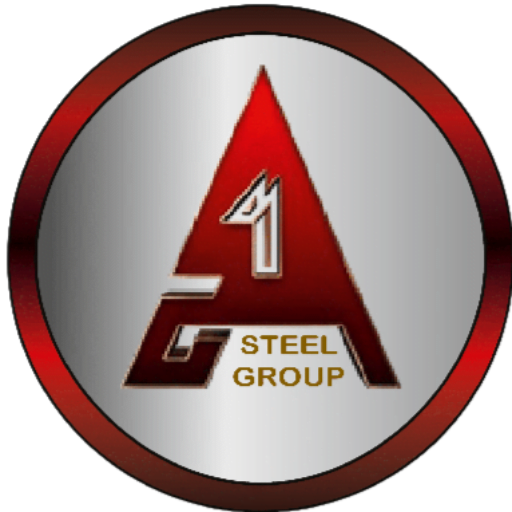In 1912, Harry Brearly, a British metallurgist, while experimenting with chromium, found that a layer of that metal on steel made steel resistant to weathering and acid. It was the perfect solution for preserving the life of gun barrels.
Soon after, Brearly started selling the chromium-plated steel—which he called “rust-less steel”—to Ernest Stuart, a friend who sold cutlery. Stuart wanted to sell knives to the public, for which he came up with the name “stainless steel”.
Word of stainless-steel spread to Victoria, a company that made steel knives for the Swiss Army. Victoria quickly changed the metal used in their knives to inox, which means “stainless” in French. The company also changed its name to Victorinox and became the world’s most popular pocketknives company. After knives, stainless steel was being used in household goods and surgical tools. The anticorrosive metal was used on top of the Chrysler Building, so that it retains its silver sheen in all kinds of weather, especially during the sunny days. In 1959, stainless steel was used to make the famous Gateway Arch in St. Louis, which is the Western Hemisphere’s tallest manmade structure.
Meanwhile, the rest of the world was gradually reaching at par with the United States. Other nations were using the same basic oxygen process but coupled it with low wages, which reduced the cost of production vastly. In the 1950s, aluminium, a cheaper alloy, started being used in household goods, which gave the American steel industry a run for its money. In 1970, Japan’s Nippon Steel became the world’s largest steel company, dethroning the United States Steel Corporation after more than 70 years. In the 1990s, China became world’s top steel manufacturer, leading Bethlehem Steel to close its Bethlehem mill in 1995. The United States finally adopted the basic oxygen process in the late 20th century. According to a 2016 report by the World Steel Association, US ranks number four in steel production.
Further Reading : Making of the First Steel



